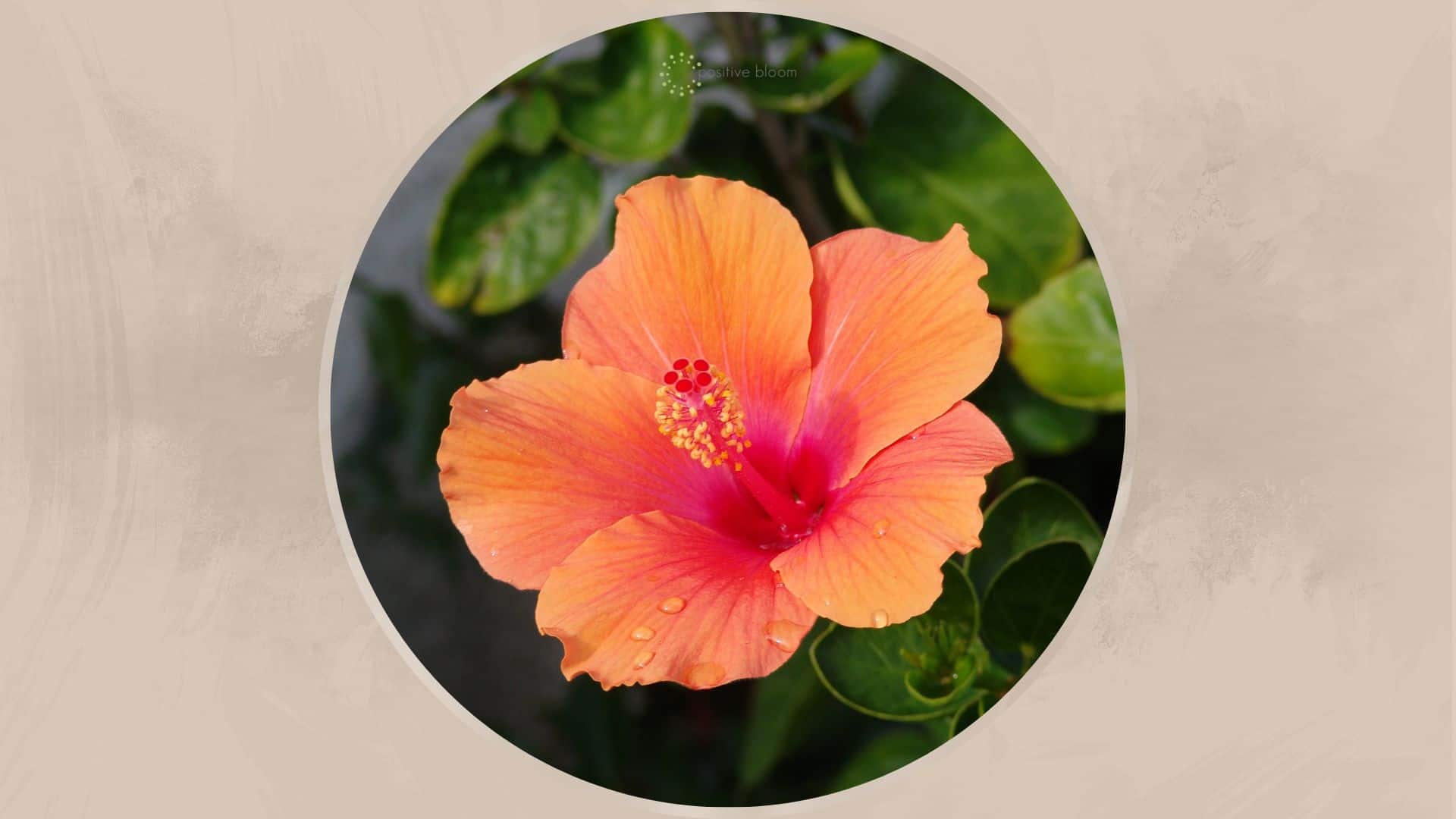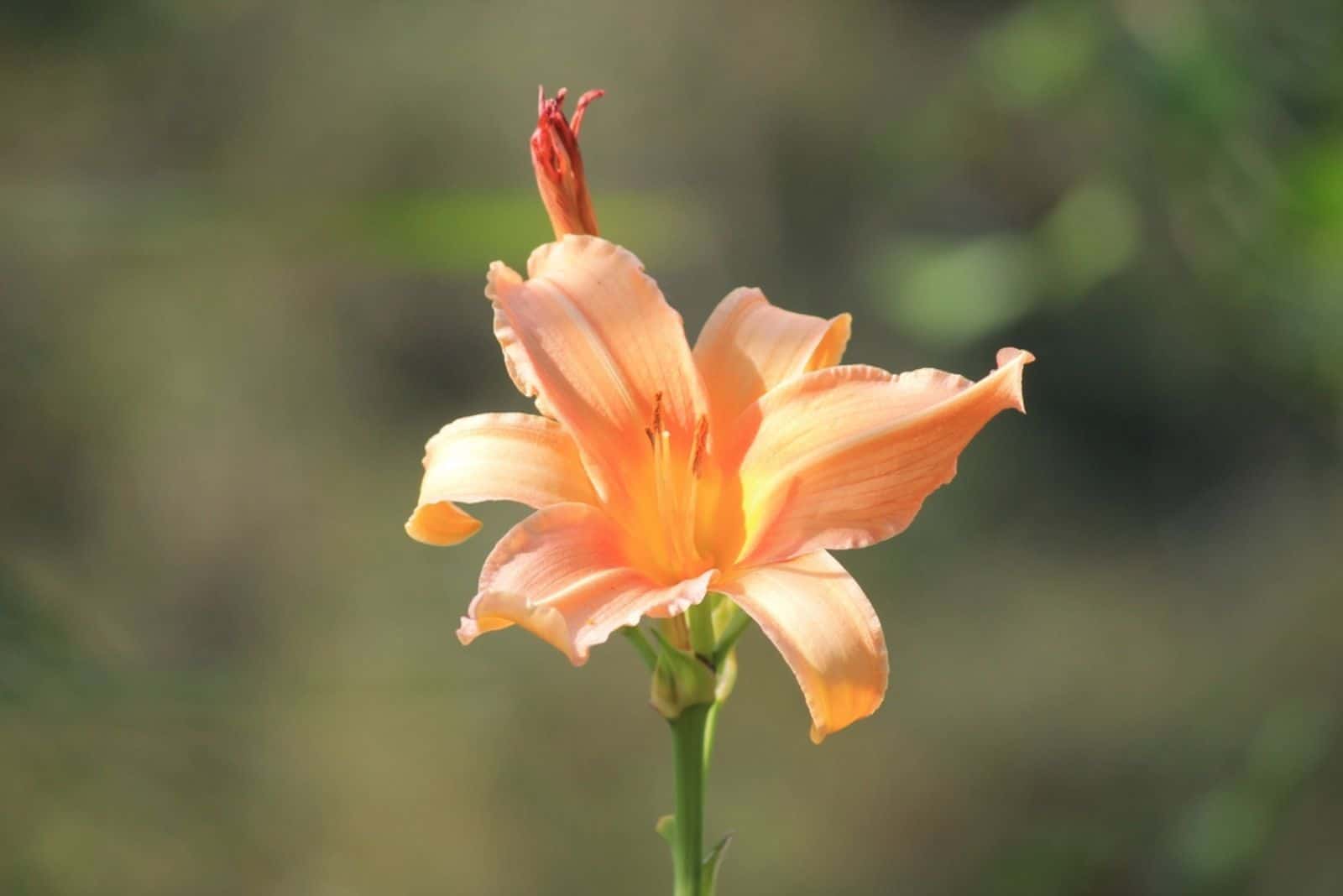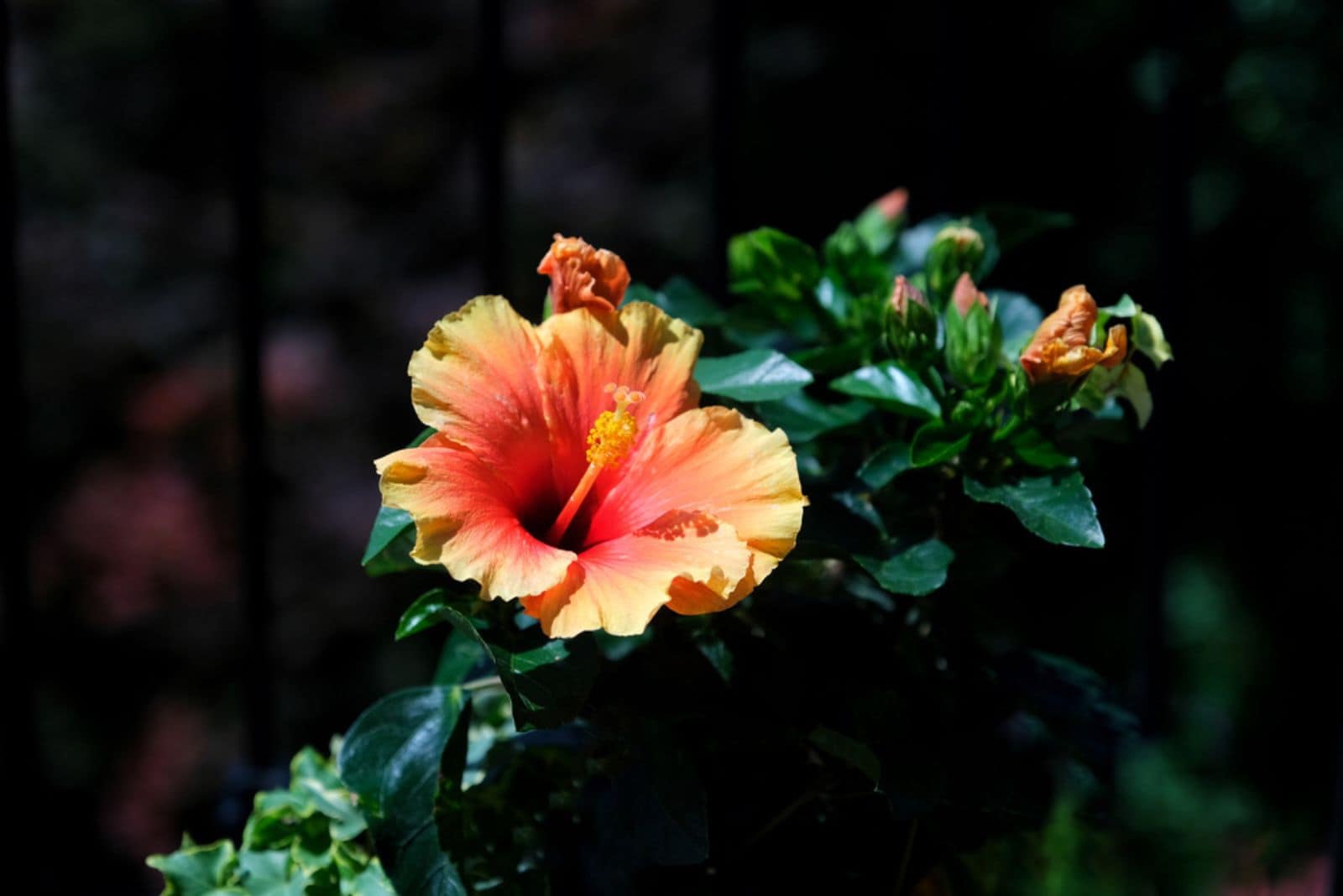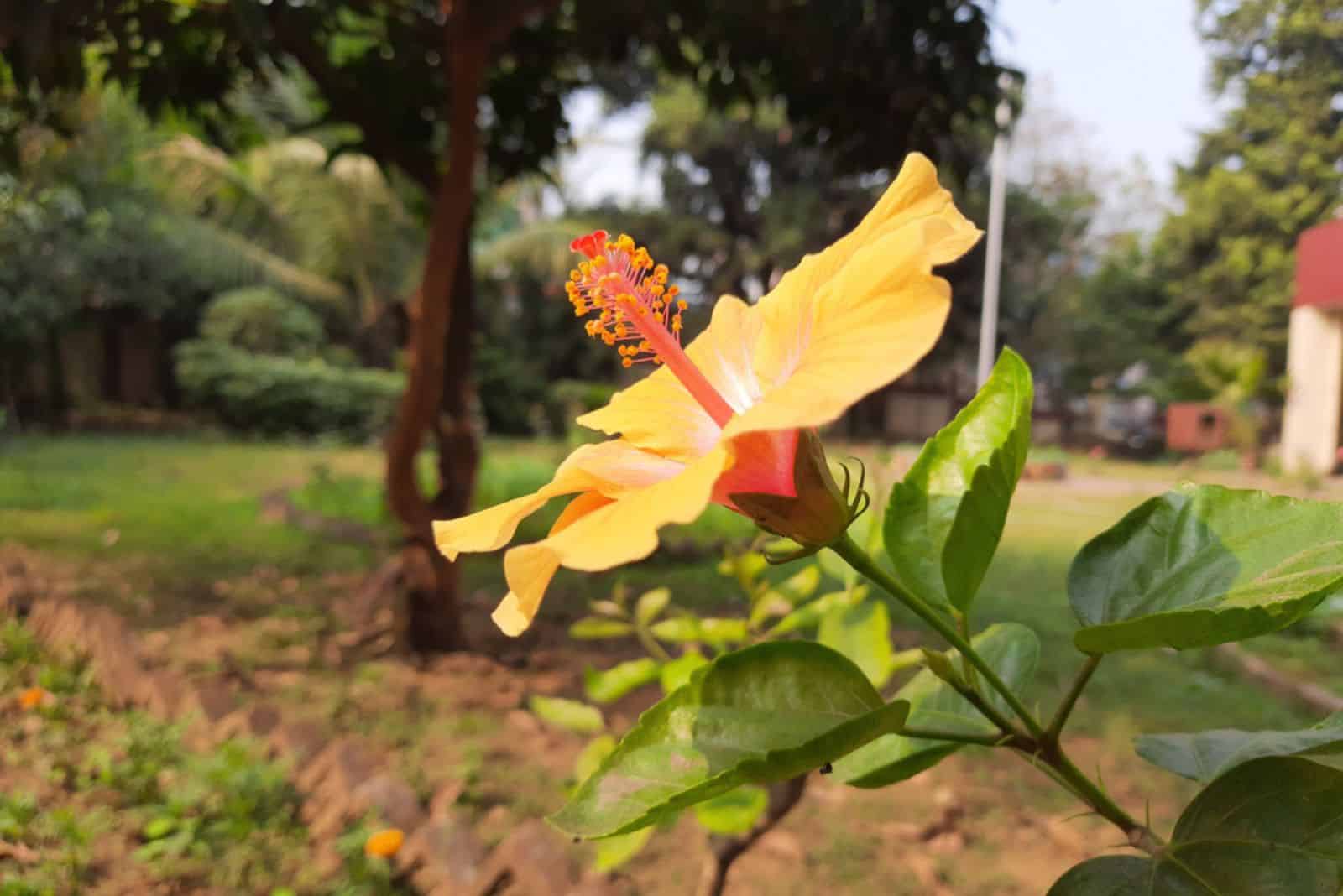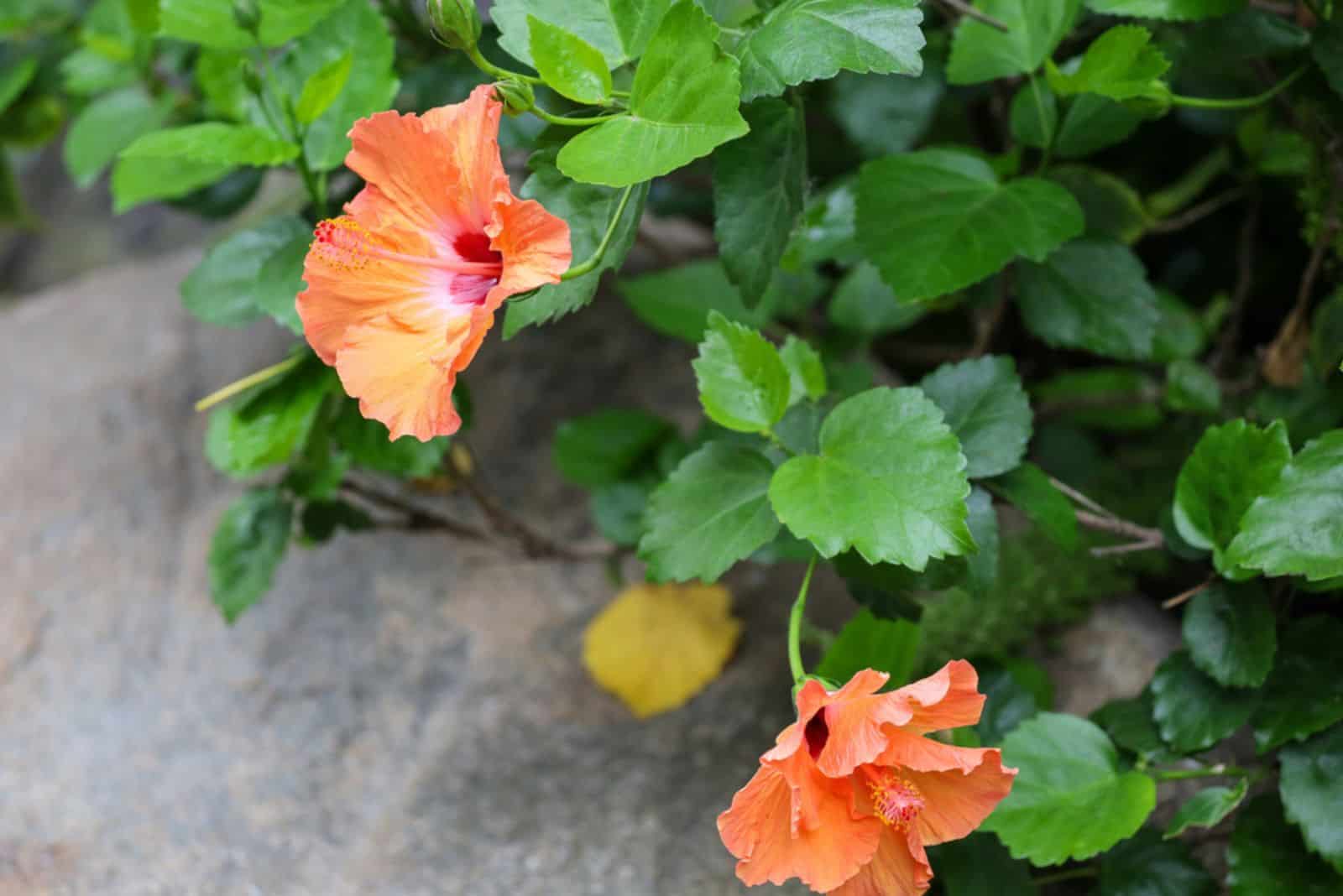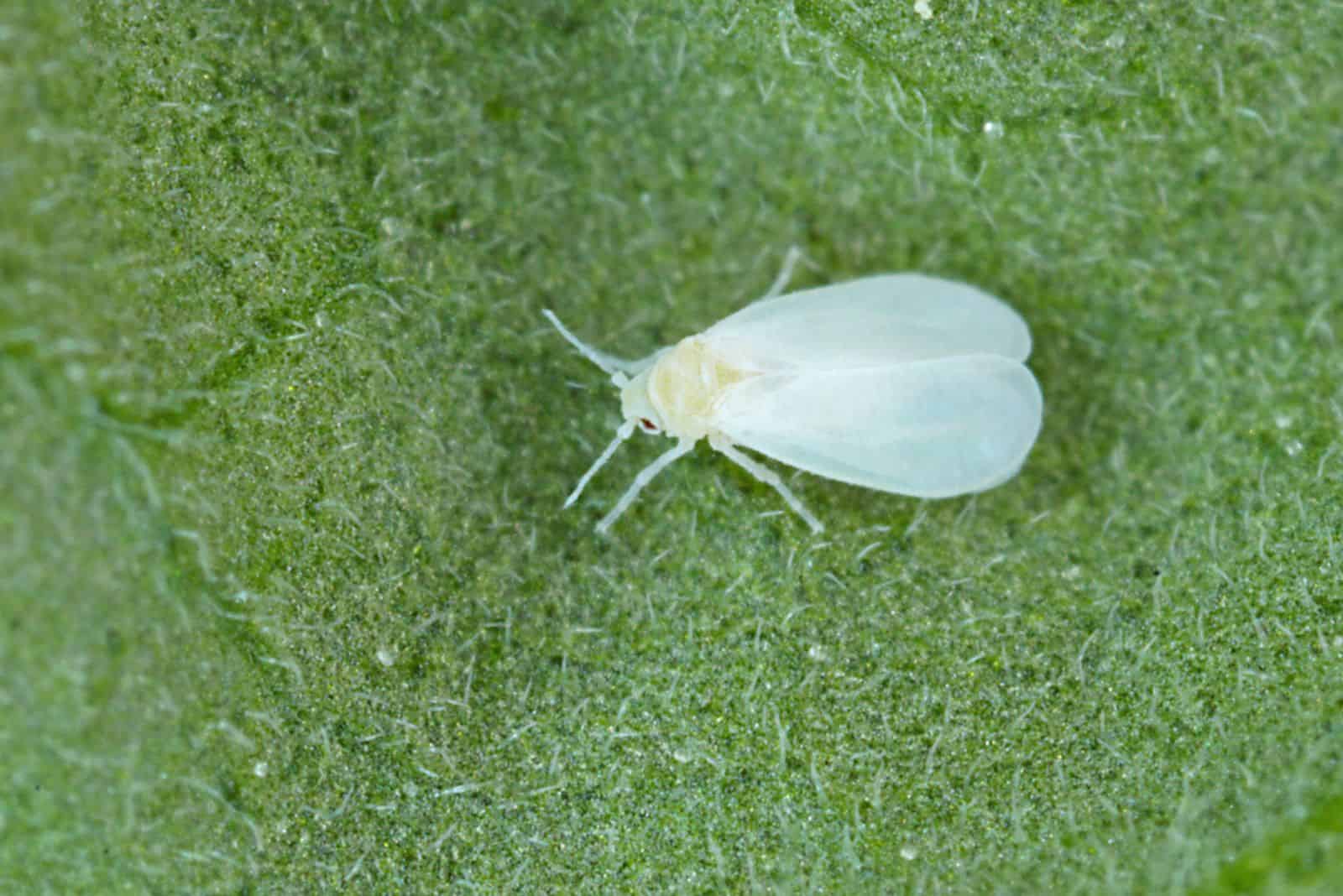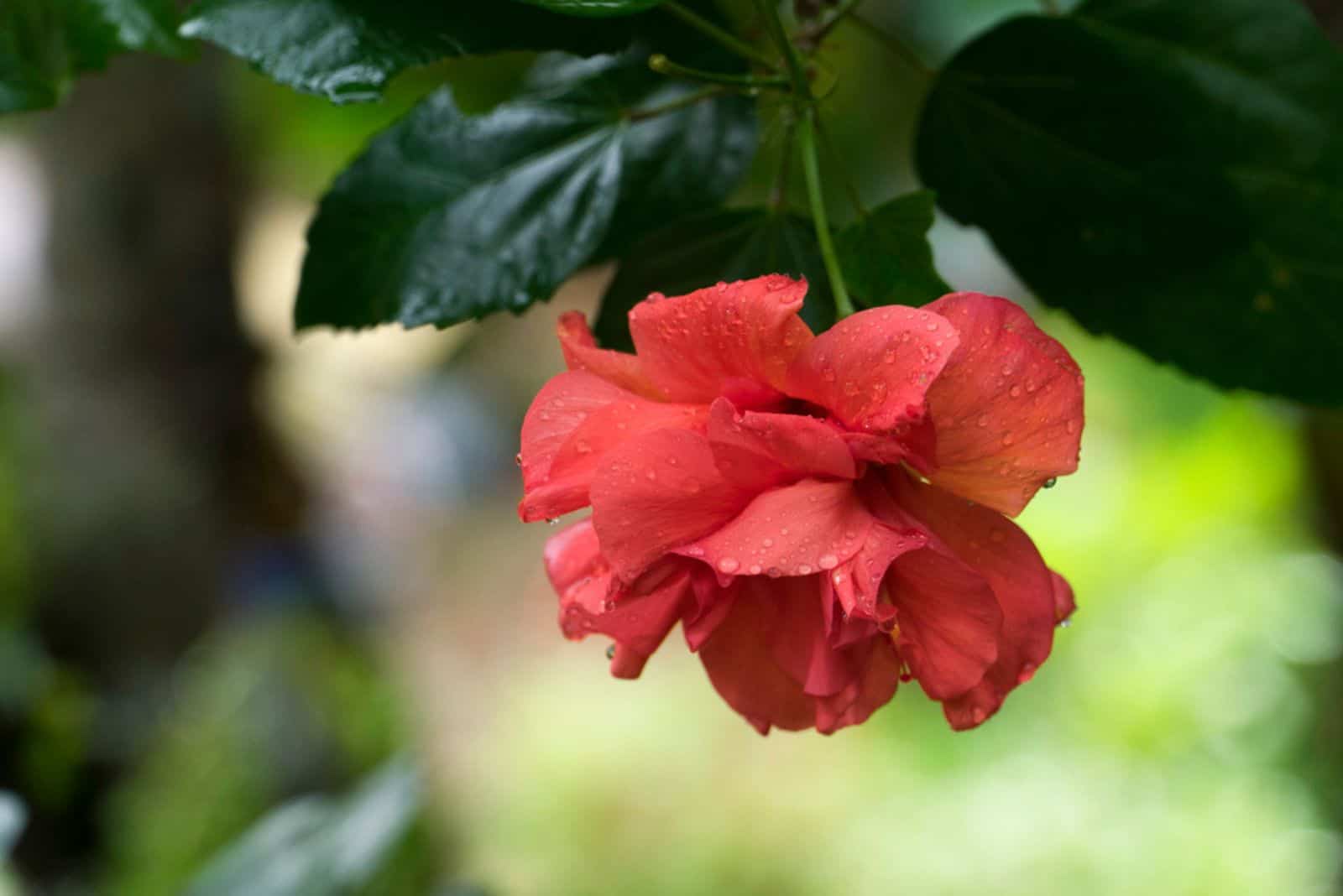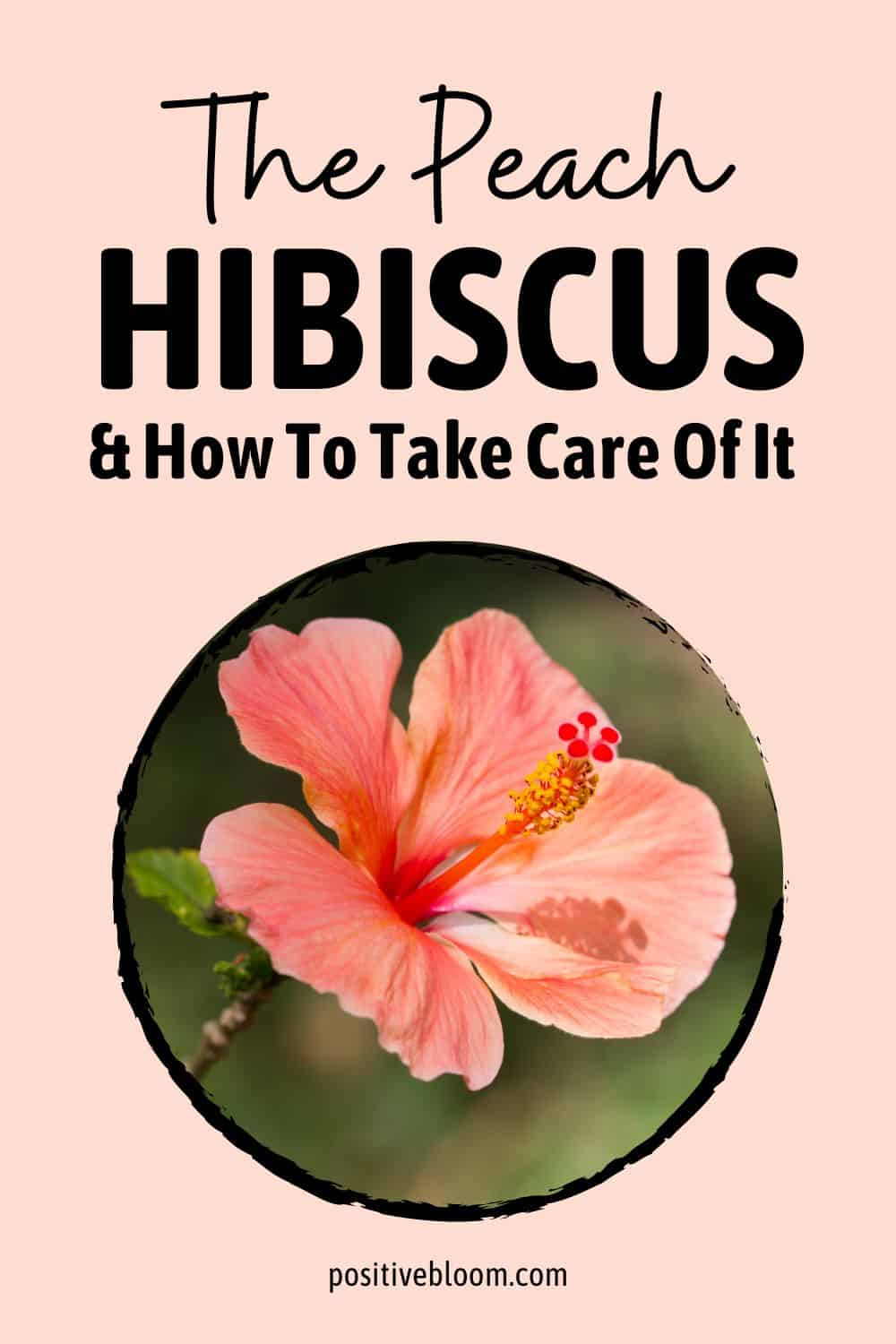If you’ve been looking for a plant that will make your garden look absolutely dreamy while attracting pollinators at the same time, look no further than the lovely Peach hibiscus!
Hibiscus plants are often added to gardens because they produce lovely flowers that come in many different colors. The Peach hibiscus is one of the most common flowering plants that can also be grown as a houseplant.
There is no big fuss about these plants since they are relatively easy to grow, and you can also use them to make delicious herbal tea!
Keep on reading to find out more about the Peach hibiscus and how to take care of it.
What Is The Peach Hibiscus?
The Peach hibiscus is a tropical plant that originates from subtropical regions of Pacific Asia. It is also known as the Hibiscus rosa-sinensis ‘Peach’ or the Double Peach hibiscus. These tropical plants are evergreen multi stem plants that belong to the Malvaceae family, and they have an upright habit of growth.
The Peach hibiscus produces soft peachy flowers with deep red centers. These adorable blooms are trumpet-shaped and they grow upright. The foliage is dark green and fleshy, and combine perfectly with those flowers.
This Tropical hibiscus has a bushy appearance, which is why it can be used as a hedge, a single bush, or grown in a container. They produce flowers annually, though they like to be warm for the whole year round.
If you are growing them in USDA hardiness zones 10 to 12, you can grow them perfectly fine outdoors. However, if you live in an area where the winter gets colder, you should bring your plant indoors.
Adding a Bush Double peach hibiscus to your garden has other benefits aside from making it appear more heavenly and harmonic. For instance, these lovely hibiscus blooms can attract pollinators like hummingbirds and butterflies.
They usually bloom during summer to early fall. You can also use these flowers to make delicious hibiscus tea. I personally enjoy hibiscus iced tea on a hot summer day.
When it comes to plant size, they usually grow from 3 to 7 feet tall and around 2 to 4 feet wide. If you have enough space for a Peach hibiscus plant, you should definitely get one. You can check out your local garden shops to see if there are any, or you can try and order it from Tropical Plants Of Florida.
Peach Hibiscus Plant Care Guide
We have already mentioned that the Hibiscus plant care guide is quite easy. If you want them to grow healthy and produce an abundance of flowers, you will have to provide them with good drainage, full sun, and well-draining and moist soil.
You will also have to pay attention to other requirements, such as humidity and temperature.
Let’s look into more detail.
Soil Requirements
Peach hibiscus plants flourish in a loamy, nutrient-rich, well-drained soil type with a pH balance that is just slightly acidic.
Compost and humus can be added to your soil to modify it if it is too heavy and compact. This will also provide organic matter and increase its fertility. These substances are ideal soil additions because they improve drainage and moisture retention.
When growing a hibiscus indoors, choose high-quality potting soil that has adequate moisture retention and aeration.
Water Requirements
It can be hard to determine the exact watering schedule because many factors affect the watering needs, including humidity, pot size, and temperature.
You should water your hibiscus frequently to keep the soil moist because these are tropical plants that absolutely love moisture. If you are growing them in a container, make sure the top few inches of the potting soil are never dry and water your plant accordingly.
Your pot should also have drainage holes in the bottom so that the excess water can drain out easily.
When you see that the water is beginning to drain through the potholes, stop adding water to the container.
A garden hibiscus needs less frequent watering, especially if you grow it in humid environments or next to bodies of water. If it hasn’t rained, then water your in-ground hibiscus. Furthermore, you might need to water this plant every day if the weather is too hot.
However, you shouldn’t water them every day if the temperature is below 70°F since this could cause overwatering and root rot. Even so, you should still irrigate them a few times per week because not enough watering can potentially lead to a number of problems.
Reduce irrigation frequency in the winter, which is when the majority of hibiscus cultivars go dormant.
Light Requirements
This Tropical hibiscus enjoys full sun and thrives in sunny places, especially if it is grown in cooler areas.
These plants benefit from some partial shade in the South, where temperatures are greater, as it prevents their foliage from burning in the scorching sun.
Hibiscus plants should be placed on a sunny window so they can enjoy the early morning or late afternoon sunshine.
For instance, you can put them near a south-facing window. Put up some sheer curtains to protect the plant from being exposed to too much direct sunlight.
Temperature Requirements
It’s not that difficult to grow hibiscus plants, especially if you live in one of their preferred hardiness zones. Tropical hibiscus types may endure daily temperatures as low as 50 degrees Fahrenheit and thrive in ranges of 60 to 85 degrees Fahrenheit.
They can withstand overnight temperatures as low as 20 degrees Fahrenheit, but if they are exposed to it for an extended period of time, it can impede their growth and cause cold damage, so you should think about overwintering them indoors.
Humidity Requirements
As it’s a tropical plant, the Peach hibiscus definitely enjoys some humidity. If you want your hibiscus plant to thrive, keep it in humidity levels between 50 to 70%. It is easier to maintain the preferred humidity indoors.
For instance, you can invest in a humidifier or you can put your plant in a more humid room such as the kitchen or a bathroom.
You should also consider misting your plant or creating a pebble tray.
Fertilizer Requirements
You should fertilize your hibiscus plant during the growing season if you want it to grow vigorously and produce those lovely flowers. You can fertilize a potted hibiscus twice a month using a water-soluble liquid fertilizer that has been diluted to at least half-strength.
Once the first hibiscus blooms have started to fade, some growers recommend starting to feed these plants.
But whatever you do, avoid fertilizing them while they are dormant and always give them a good drink of water after feeding them to help nutrient absorption.
You should use fertilizers that are high in nitrogen and potassium.
Pruning
Hibiscus plants should be pruned in late fall or early spring, which is when new growth is beginning to appear. You can also trim off any dead or dry portions, including leaves and foliage. These plants are usually pruned to maintain their desired shape.
Deadheading used hibiscus flowers and removing any dead, damaged, dry, or aging branches and leaves can also be good for promoting new growth. You will be fine as long as you don’t prune more than one-third of the plant.
Propagation
Propagating a hibiscus plant is relatively easy. You can do it by using the stem-cutting method. Here are the instructions:
1. Cut all of the flower buds (if any) and the tips of some healthy cuttings. The lower leaves should also be removed because they can fall off and contaminate the soil below.
2. Your cuttings should be planted in a nursery pot that has been filled with a seed-starting mixture (any soilless, well-drained medium will do). Although you can dip your cut stems in rooting hormone, it’s not necessary because this plant can successfully root on its own.
3. Plants should be hydrated and placed in dim lighting (or partial shade if you prefer leaving them outside).
Common Issues
Even though the hibiscus is a relatively hardy plant, inadequate growing conditions and a pest infestation can cause certain issues.
Pest Infestation
Aphids, spider mites, and whiteflies are the three pests that hibiscus plants are most frequently affected by. If you don’t deal with these pests at once, they might seriously harm your plant by sucking the sap from it.
Neem oil and insecticidal soaps can be used to get rid of pests once you’ve separated your affected hibiscus from other plants. You can also look for some pesticides, though I always recommend going with the organic option.
If the infestation isn’t too bad, you can also pick them off one by one or use a cotton swab soaked in alcohol to kill them.
Plant Diseases
The most common Peach hibiscus diseases are root rot and leaf spot, and they are both the result of inadequate moisture levels. Overwatering leads to root rot, whereas warm, humid weather favors the development of leaf spots.
Maintaining the right moisture levels in the soil and air surrounding your plant can help you prevent them.
If your plant does develop one of these diseases, you can treat it. Take the plant out of its container, expose the roots, and cut off any dark, mushy ones if you observe any symptoms of root rot (yellowing of the foliage, reduced growth, drooping, funky smell).
Apply fungicide to get rid of these diseases, and always use fresh soil when repotting.
Leaves Turning Yellow
It can be devastating to see those lovely green leaves turning yellow. The main reasons this happens are nutrient deficiency, overwatering, root rot, and inadequate light.
If you simply stick to the plant care guide, you probably won’t have any issues.
Plant Wilting
The reasons for wilting are typically the same for any type of hibiscus.
Your hibiscus is wilting primarily because it is waterlogged or because the temperature is too hot and soil moisture has quickly evaporated.
Your plant should start to thrive as soon as you give it some water.
On the other hand, your plant may wilt if the soil is excessively wet or if it has root rot. If the growing medium is damp in these situations, you should avoid watering it and get rid of the affected areas, such as mushy roots.
Frequently Asked Questions
1. Does a Peach hibiscus come back every year?
Yes, these are annual plants, which means that they will come back and start producing those lovely peachy flowers every growing season.
2. How do you take care of a Peach hibiscus plant?
It is quite easy to take care of a Peach hibiscus plant. All you have to do is provide it with well-draining and nutrient-rich soil and make sure to keep it moist. However, be careful not to overwater the plant.
They thrive in high humidity levels from 50 to 70%, and they also like warm temperatures from 60 to 85 degrees Fahrenheit.
Peach hibiscus plants can be grown in full sun, though they don’t mind growing in partial shade. They will need some fertilizer to encourage new flower and leaf production during the growing season, and they should be pruned to make them look nice and tidy.
3. What is a good fertilizer for the Peach hibiscus plant?
A good fertilizer for the Peach hibiscus plant is one that is rich in nitrogen and potassium. You can either use a liquid or a slow-release fertilizer. I would recommend you to check out the Osmocote 15-9-12 or Miracle-gro general-purpose 24-8-16.
To Sum Up
Growing a Peach hibiscus in the garden has many advantages. Not only is your garden going to look soft and dreamy, but it will also attract pollinators that will make sure pollination occurs. You can even use these plants to make some delicious hibiscus tea!
The Peach hibiscus is relatively easy to take care of. They can be grown in both full sun and partial shade. They need moist soil, some fertilizer during the growing season, higher temperatures, and humidity, and that’s it!
Even though your plant might run into some issues, they are all easily fixable — but if you keep up with proper plant care, it is highly unlikely that your plant will have any of the above mentioned issues.
I hope this article was helpful.
Until next time!
Like this post? Share or pin it for later!

